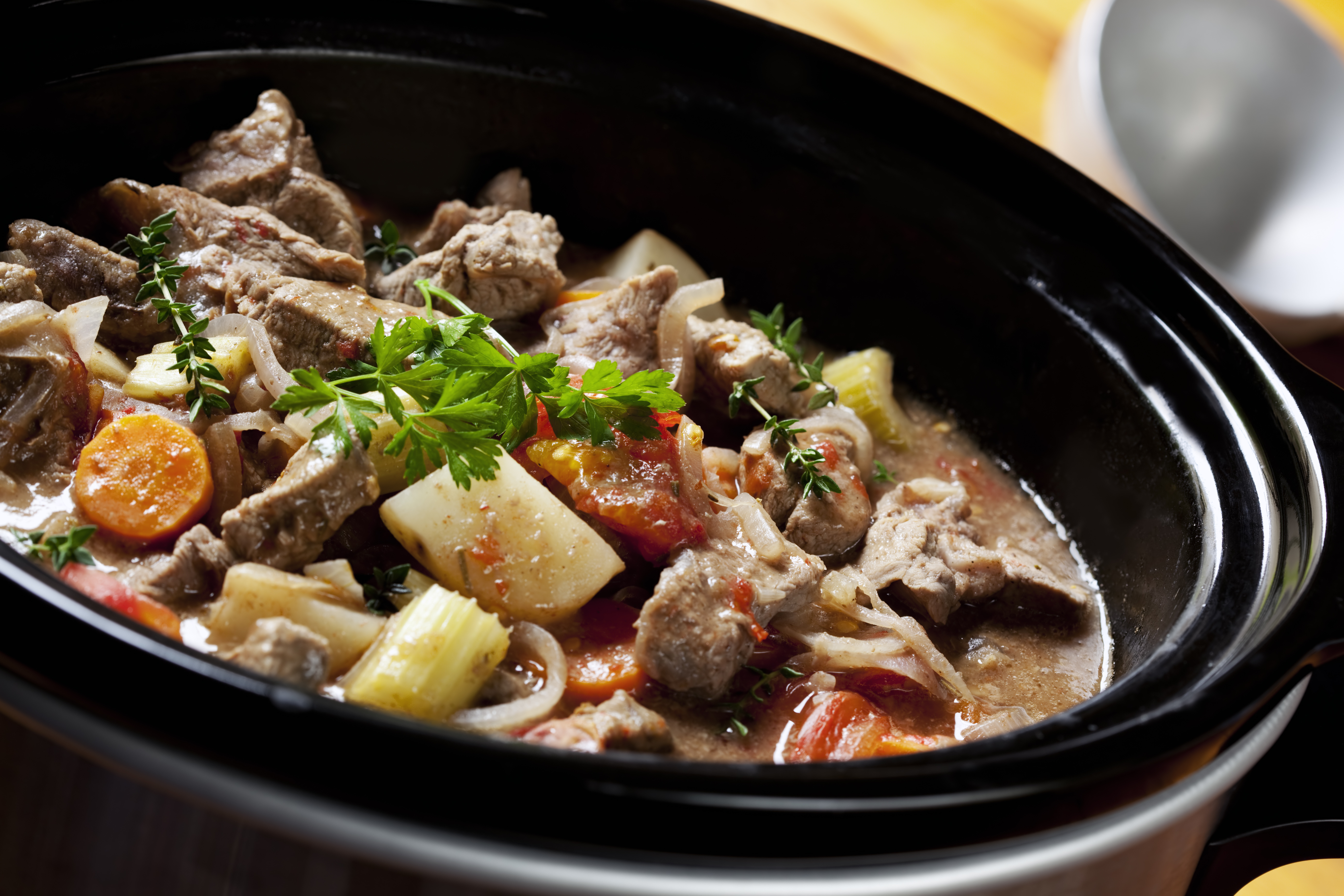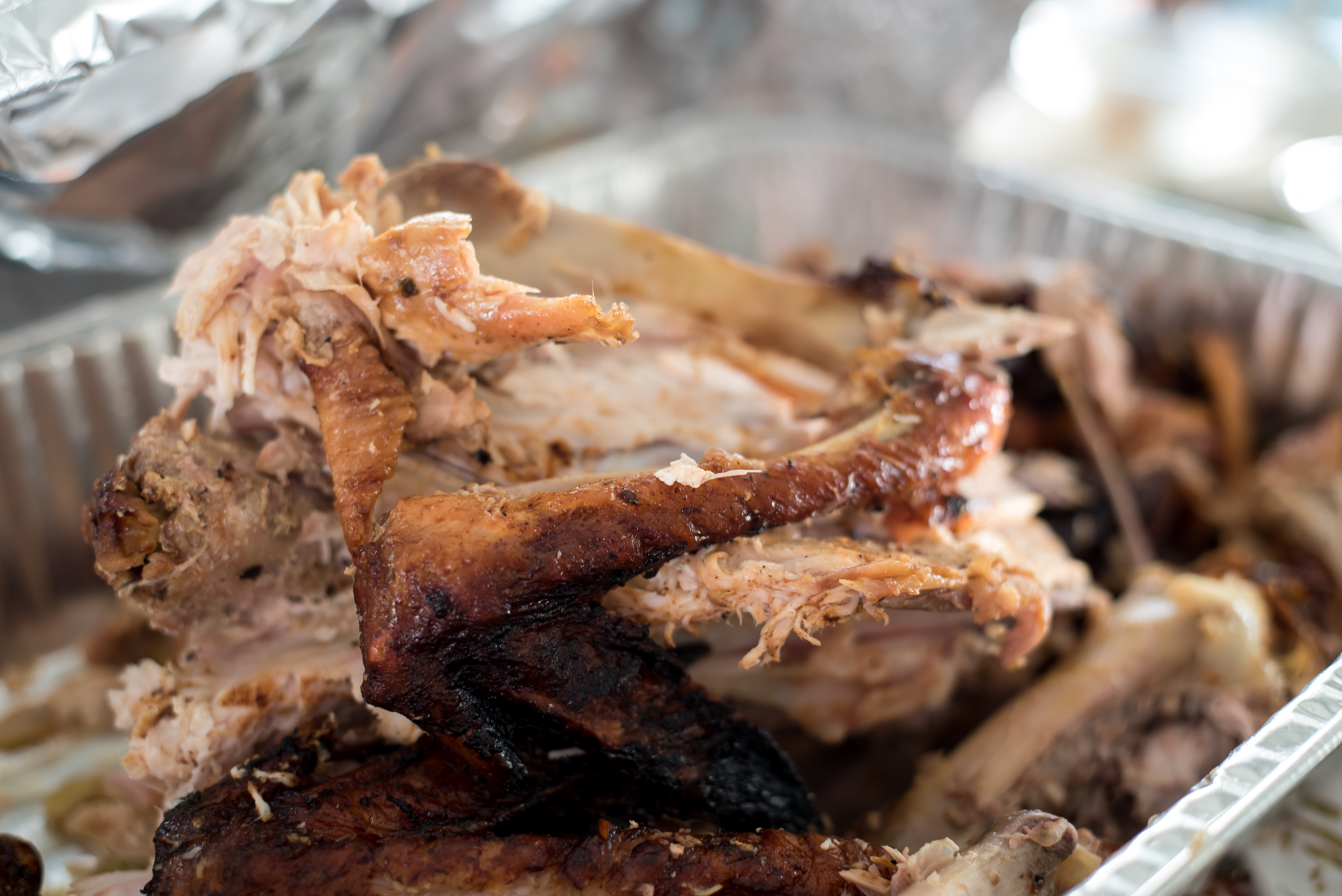
Bison From Farm to Table
One of our most enduring American images is that of the great American buffalo, or species Bison bison. These huge, shaggy animals once roamed from Canada to Mexico, grazing the Great Plains and mountain areas of our country. Bison were the center of life for the Plains tribes of Native Americans who found in them nearly all the food, clothing and shelter they needed. Due to several factors between the 1600s and 1800s the numbers went from 60 million to slightly more than 300 in 1893. The following information is about this species, which is making a comeback and growing rapidly in numbers.
What is bison?
The National Bison Association encourages the name bison to differentiate the American buffalo from the Asian water buffalo and African Cape buffalo. The American buffalo is not a true buffalo. Its scientific name is bison and it belongs to the bovine family along with domestic cattle. The bison bull is the largest animal indigenous to North America. A bull can stand taller than 6 feet at the hump and weigh more than a ton. They are strong, intractable animals that, can jump as well as deer, outmaneuver horses and break through fences that would confine other livestock.
"Beefalo" are 3/8 bison and 5/8 domestic cattle. It has taken years of research to develop this breed, and the natural result of this cross breeding is a sterile offspring. The advantages of this cross are fertility and easy calving. Beefalo gain weight well on inexpensive, high-roughage feed and are very hardy.
How are bison raised?
According to the most recent Census of Agriculture (in 2022), there were approximately 192,477 bison on private farms and ranches in the U.S. Today's bison are custom-fed and slaughtered at about 18 months, so the meat is as tender as beef. Some 80,000 bison are harvested each year, compared to approximately 125,000 cattle per day
Bison are allowed to roam freely most of their lives. They are raised on the open range and eat hay or grass, causing the fat to be yellow due to beta-carotene. Because of this, bison are given grain during the last 90 to 120 days before slaughter, as most consumers prefer the fat to be white. Surplus buffalo bulls are selected at about 2 1/2 years of age - buffalo can live to be 40 years old - and spend a very short time in the feedlots.
Can hormones and antibiotics be used in bison raising?
Antibiotics and growth hormones are not given to bison.
How is bison inspected?
Bison may be inspected under voluntary federal inspection or U.S. Food and Drug Administration (FDA) equivalent inspection. FDA equivalent inspection includes state inspection. Under voluntary federal inspection by USDA's Food Safety and Inspection Service (FSIS), businesses pay an hourly rate for inspection services. Voluntary inspection is handled under the Agriculture Marketing Act, which gives the Secretary of Agriculture the authority to take whatever steps are necessary to make the product marketable.
Federal inspection is done on a carcass-by-carcass basis by FSIS inspectors. Each bison and its internal organs are inspected for signs of disease. The FSIS inspector also verifies the establishment’s sanitation, food safety procedures and labeling for the bison products The triangle shaped “U.S. Inspected and Passed” seal (see picture below) ensures the bison is wholesome and free from disease. Note: Some states require that all exotic animals be inspected to be sold in commerce.

Is bison graded?
No.
How is bison different from beef?
Bison is a deeper red color before cooking because there is no marbling (white flecks of fat within the meat muscle). Bison is said to have a sweeter, richer flavor than beef and has less fat and fewer calories than beef.
According to USDA's Agricultural Research Service (ARS), 100 grams of raw bison (separable lean only) contain 109 calories and 1.8 grams fat. The same amount of raw beef (separable lean only, Choice grade) contains 291 calories, and 24 grams fat.
How is bison cut for retail?
Retail cuts are similar to those of beef.
Safe Handling of Bison
Handle bison meat the same as any other type of meat. Make your selection just before checking out at the register. Put packages of raw bison in disposable plastic bags, if available, to contain any leakage which could cross contaminate cooked foods or produce. Take packaged bison home immediately and refrigerate it at 40 degrees F or below; use within 3 to 5 days or freeze at 0 degrees F or below. If kept frozen continuously, it will be safe indefinitely.
Thawing Frozen Bison Meat
There are three ways to thaw meat safely: in the refrigerator, in cold water, and in the microwave. Never thaw on the counter or in other locations. It's best to plan for slow, safe thawing in the refrigerator. To thaw in cold water, do not remove packaging. Be sure the package is airtight or put it into a leakproof bag. Submerge the package in cold water, changing the water every 30 minutes so it continues to thaw.
When defrosting meat in the microwave, plan to cook it immediately after thawing because some areas of the food may become warm and begin to cook during microwaving. Holding partially cooked food is not recommended because any bacteria present wouldn't have been destroyed.
Foods defrosted in the microwave or by the cold water method should be cooked before refreezing because they may potentially have been held at temperatures above 40 degrees F allowing harmful bacteria to grow.
Preparing Bison
Bison is very lean and lacks fat marbling, so care should be taken to not overcook it.
- In general, bison should be cooked using low heat (325 degrees F) and longer cooking times.
- Braising or other moist cooking methods are recommended for bison roasts and steaks.
- For thin-sliced bison, use quick cooking methods such as broiling and pan frying.
- Cook raw ground bison to an internal temperature of 160 degrees F as measured with a food thermometer.
- Cook all raw bison steaks and roasts to a minimum internal temperature of 145 degrees F as measured with a food thermometer before removing meat from the heat source. For safety and quality, allow meat to rest for at least three minutes before carving or consuming. For reasons of personal preference, consumers may choose to cook meat to higher temperatures.
- Less tender cuts should be braised - roasted or simmered with a small amount of liquid in a tightly covered pan - or stewed.
Storage Times
Purchase bison products before any “Sell-By” dates expire. It is not important if a date expires after freezing bison because all foods stay safe while frozen. Because purchase dates are a guide to the retailer, follow these tips for safe storage and use at home.
- Follow handling recommendations on product.
- Keep bison meat in its package until using.
- It is safe to freeze bison meat in its original packaging. If freezing longer than 2 months, overwrap these packages with airtight heavy-duty foil, plastic wrap or freezer paper, or place the package inside a plastic bag.
- For best quality, cook or freeze ground bison or stew meat within 2 days of purchase; larger cuts such as roasts and steaks, within 3 to 5 days.
- Ground or cut-up bison meat will keep its best quality in the freezer for 4 months. Larger cuts, such as chops, steaks, legs, or loins will keep their best quality 6 to 9 months.
- After cooking, eat or freeze bison within 3 to 4 days.
For more information about bison, see the National Bison Association Web site: www.bisoncentral.com.



